Specifications:
- Model no.: MQ-138 or MQ 138
- Sensor Type: Semiconductor
- Concentration: 400ppm to
- Precision: ±1ppm
Detection Target:
- Primarily: Formaldehyde
MQ138 Gas Sensor: How It Works?
The MQ138 detects volatile organic compounds (VOCs) using a heated tin dioxide (SnO2) layer. When target gases react, the sensor’s resistance changes, indicating gas concentration. Ideal for air quality monitoring.
MQ138 Applications:
- VOC Detection: Ideal for sensing volatile organic compounds (VOCs).
- Air Quality Monitoring: Used in domestic and industrial air quality systems.
- Leak Detection: Employed in gas leakage alarms.
- Portable Gas Detectors: Found in handheld VOC detection devices.
- Industrial safety: Used for monitoring hazardous gasses in industrial settings.
MQ-138 Sensor: Key Considerations
- Preheating:
- Like many gas sensors, the MQ 138 needs a warm-up period for stable readings. While not always 48 hours, allow adequate time (several hours) for the heating element to stabilize.
- Calibration:
- Essential for accurate VOC concentration measurements. Calibration against known gas concentrations is crucial.
- Sensitivity:
- While primarily for VOCs, the MQ138’s sensitivity varies. Understanding its response to specific gases (benzene, toluene, alcohol, etc.) is vital.
- Interference:
- The MQ138 can be affected by humidity and temperature changes, and other gasses. Cross sensitivity is a factor, and other gasses can trigger a response.
- Heater Current:
- The internal heater consumes power. Ensure your power supply can handle the current draw to prevent inaccurate readings or sensor damage.
- Environmental Factors:
- Temperature and humidity effect the sensors readings.
- Lifespan:
- Like all chemical sensors, the MQ138 has a limited lifespan.
Other Useful Products:
MQ-3 (Alcohol ethanol Gas Sensor)
MQ-5 (LPG or Natural Gas Sensor module)
MQ-7 (Carbon Monoxide Gas Sensor)
MICS-6814 – Air Quality Sensor (NH3 Nitrogen Oxide Gas Sensor)



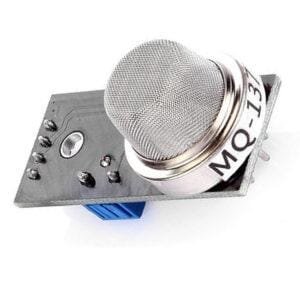


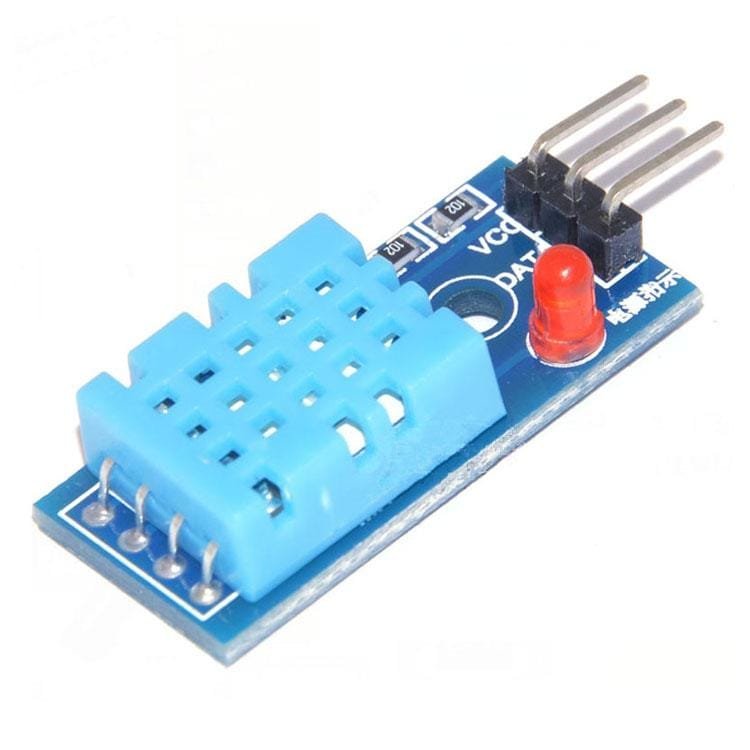
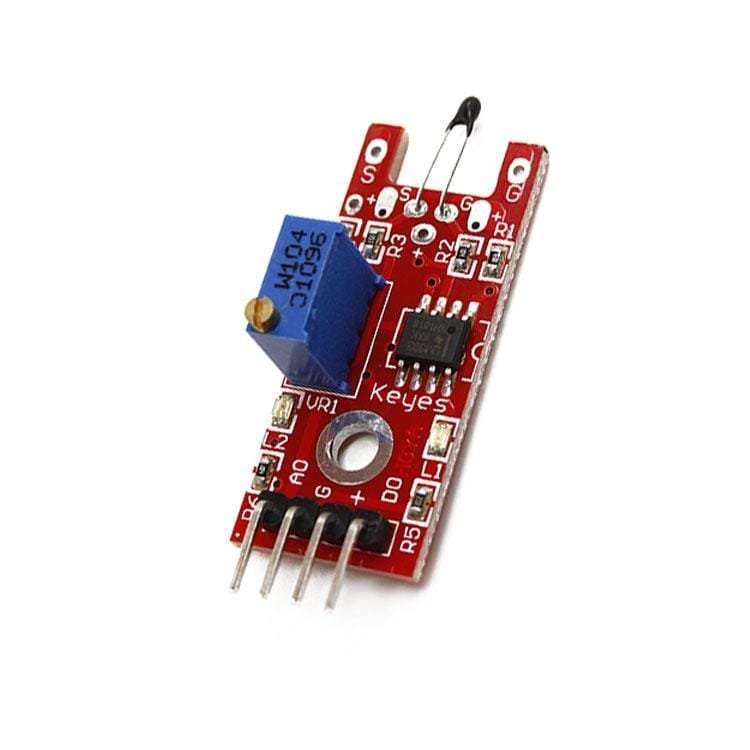

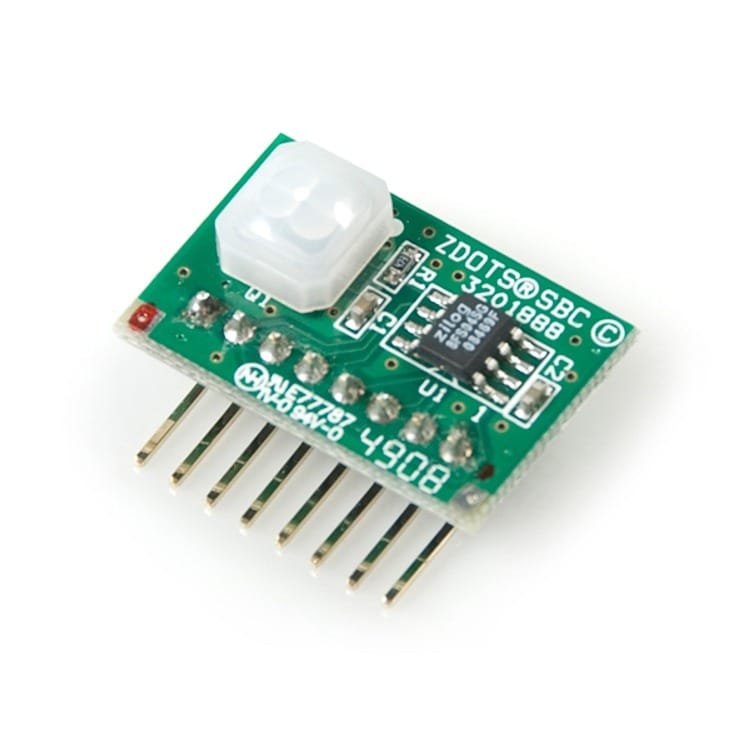
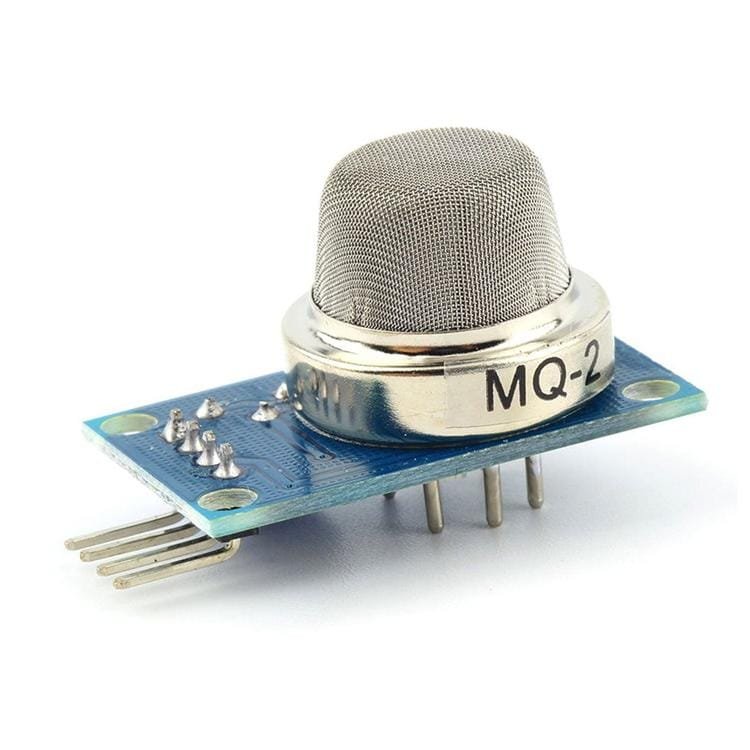

Reviews
Clear filtersThere are no reviews yet.